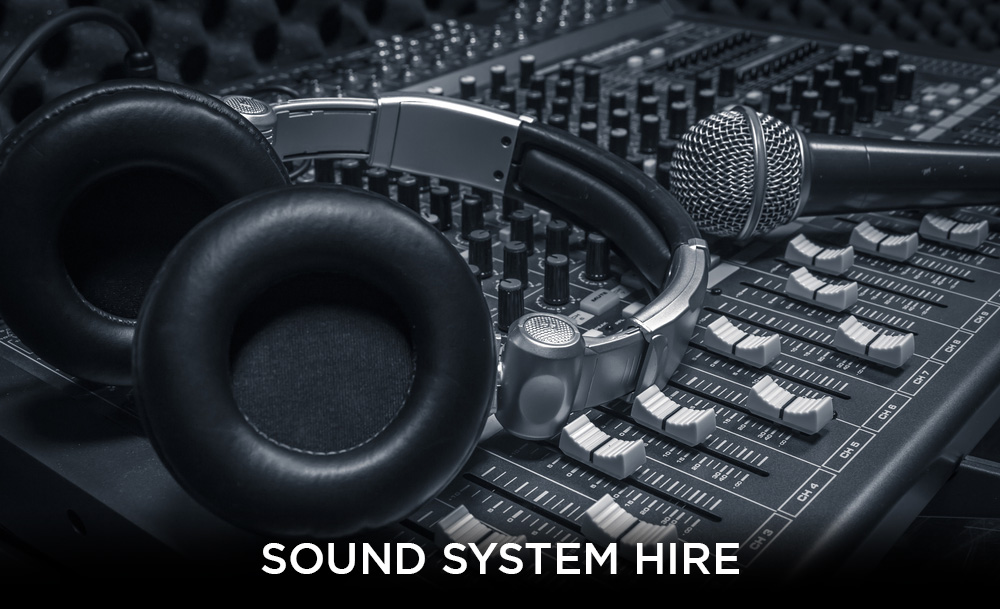“If a company can deliver quality most of the time, it is likely that it has a quality management in place.”
Virtualization has made it critical for every business to be competitive. Only a quality management system (QMS) can take you to the next level of expansion. This is equally true for companies that consider product engineering standards that bring important safety measures. How can IT firms ensure the same? Currently, ISO 13485 is critical to this process of design and development. And if a strict measure like testing as service is added, it can ensure that delivering quality is in the right place.
We present details that can give you this badge of honor, improve financial regulations and cost-effectiveness QMS. The information is designed to manage the lifecycle of medical devices that need to meet the latest ISO 13485 standards.
Why update international standards?
As developers continue with the quest for offering the best product engineering designs, international standards are falling into place. Regular updates help them to evolve the products to meet safety standards. It also gives priority to responsibility for the best QMS. The latest generic ISO 13485 puts the spotlight on medical devices that are manufactured and distributed. Stringent measures to test them before they reach the market ensure they are not compromised and this also includes external biological variables. For such gadgets to survive in the global market, it is important that they are tested. Eventually, it helps the company manufacturing and the customers who will eventually buy the products. When it comes to software it requires an extensive design phase and then producing it. What is more important thereafter is the maintenance phase. Even after testing there are bugs and the product may require some enhancements for thorough implementation. This is required for the safety and reliability of the products.
Immediate benefits to companies who adhere to the stringent guidelines for the software lifecycle.
Need for quality assurance and testing
Much of the success of product engineering development depends on quality assurances and ability to test the service. A software development company will honor the client’s investment through various methods. They include:
- Business requirement gathering for an appropriate design.
- Building the unique software architecture.
- Simple configuration and its management.
- Monitoring the process and related methodologies required for product engineering.
- As per global standards the coding is strong with proper controls.
- Testing platforms is secure and ideal for the quality to pass the test.
- Implementation includes functions, deliverables, and commitment to capabilities.
- As the final goal it measures, validates, and verifies the entire software production.
Testing is critical for eventual success
This is the most crucial phase which can build the product or get the developer back on the drawing board. Bugs and breakdowns are common in this stage. The code is likely to reveal inconsistencies and problems. And in some cases if the design has taken too long to be made, there are chances that the environment has altered. It happens often in the case of medical devices whose life expectancy is limited or restricted only to a group of niche end-users. Often the QMS parameters change and the design has to be changed to meet the requirement. Varied tests that make up this cycle are related to:
- Function of the product
- Automation – does it work on all systems
- Security testing – no compromise with privacy
- Performance – It should not break down easily and with frequent usage
- Mobile testing – does it offer readings across the small screen?
- Cloud testing – Agility of the product software should be active through this platform
Focus on specific solutions for medical devices
Product engineering for the healthcare industry requires disruptive solutions in an agile environment. Testing techniques have to meet the ISO 13485 standards for regulatory compliances.
Developers need to focus on the following:
In the medical device industry testing and measurements will always be critical to the success of the product being released in the global market. They are intended for providing proof of concept and various prototypes. Globally their need is for varied areas of healthcare like:
- Research for dental fillings materials and the preventive cure.
- Implantable devices like pacemakers are able to function as per requirement and specifications by the experts.
- Equipment for cauterizing the cardio tissues.
- Testing batteries and its conditions for functionality.
- Easy simulation of pressing buttons, sensors, and knobs for patients.
- Collection of patient data from mobile device apps.
- Machine or gadget operation for treatment of blood related tests.
Various automated trends are popular as they meet the required standards. Automated testing systems which are integrated with hospital, lab, and clinical networks offer storage for large amount of data. As manufacturers meet requirement for multiple web browsers there is hope to live in an agile environment.







